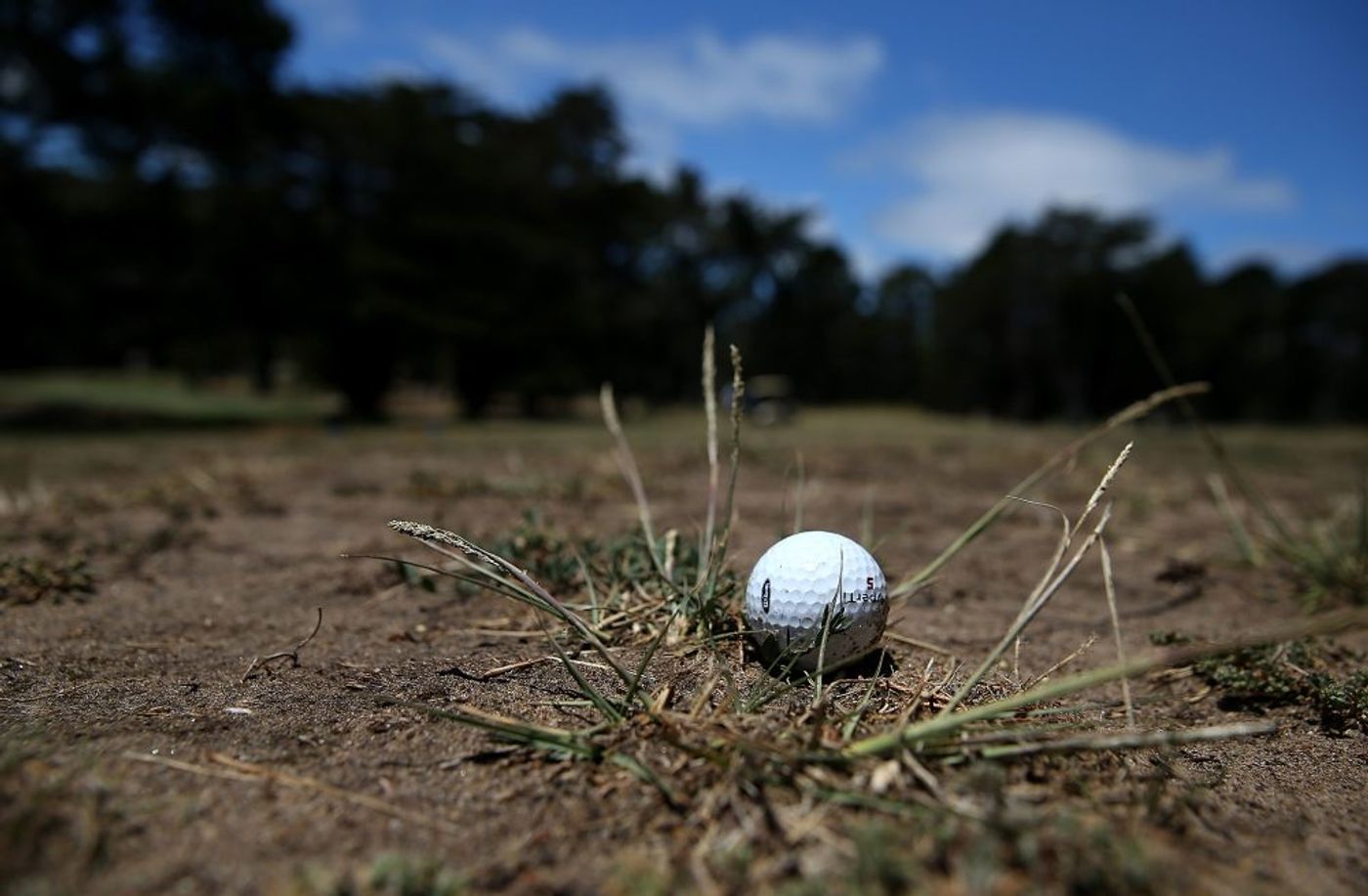For those of you golf lovers out there, you know that the landscaping of a golf course is an essential part of the golfing experience. People want lush, green grass to enjoy their afternoon round and those expansive 18 holes need a lot of upkeep. However, the vast amount of fertilizers and water that a golf course requires presents a crucial conversation on the topic of climate change impacts. One that author Richard Windows, a turf agronomist from the Sports Turf Research Institute in Glasgow, Scotland explores in his 130 page report on the impact of climate change on golf, “Climate Change and Scottish Golf Courses.”
Climatologists are expecting that in the coming years we will see milder, wetter winters with less frost and snow, Hotter, drier summers, and just to add the cherry on top, higher sea levels along with greater sea surges and consequential flooding. This doesn’t bode well for coastal communities - or golf courses.
On one hand of the extremes is too much water, which is happening with excessive rains as well as rising tides. When grass receives too much water it essentially suffocates and dies. On the other hand, when drought conditions are high grass becomes parched, and also dies.
Windows explains in an interview with WBUR, "We do understand that golf needs to fit into the landscape as opposed to impose itself upon it. So we've always been very sort of judicious with our water and fertilizer and pesticide usage. But, I think with climate change, milder, wetter winters and hotter, dryer summers, we just need to be more effective how we use water. So better drainage systems in the winter and capturing that winter drainage and storing it for summer uses, but also kind of thinking about the grass type that you've got. Certain grasses require more water than others. So favoring grasses that are more drought tolerant and also more disease tolerant because warm, mild conditions results in more disease activity."
Another aspect of the conversation is changing the public’s opinion about the appearance of golf courses.
Browning out is the concept of letting grasses adjust to the local weather patterns. Windows say, "The presentation and the look of the golf course reflects the weather conditions that we've had, so if we have an extended period of dry weather in the summer, the golf course naturally browns out, it plays fantastic. But, it's absolutely important that we have the right grasses to be able to do that, so they're all indigenous perennial type grasses like fine fine fescues and browntop bent. They can withstand drought. So they look as though they've died, but they haven't they just gone dormant, they've shut themselves down, we get a shower of rain and they bounce back, they green up and they're still alive, so that's very much authentic to how we present our golf over courses here. Green isn't good. You don't play golf on color, you play golf on grass."
The following video shows the process of constructing a golf course. One can see the massive environmental impact that even just the construction process has on a landscape.
Sources: WBUR










